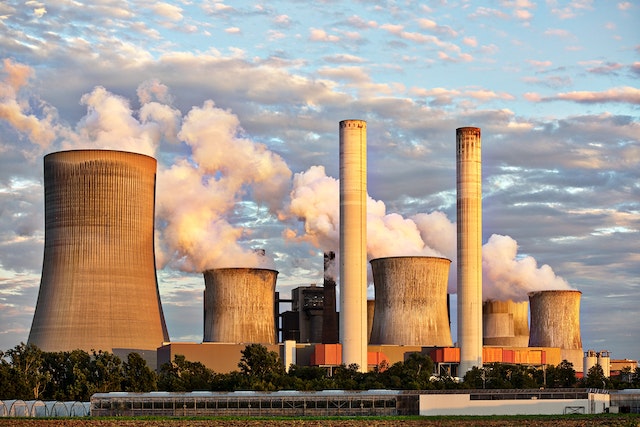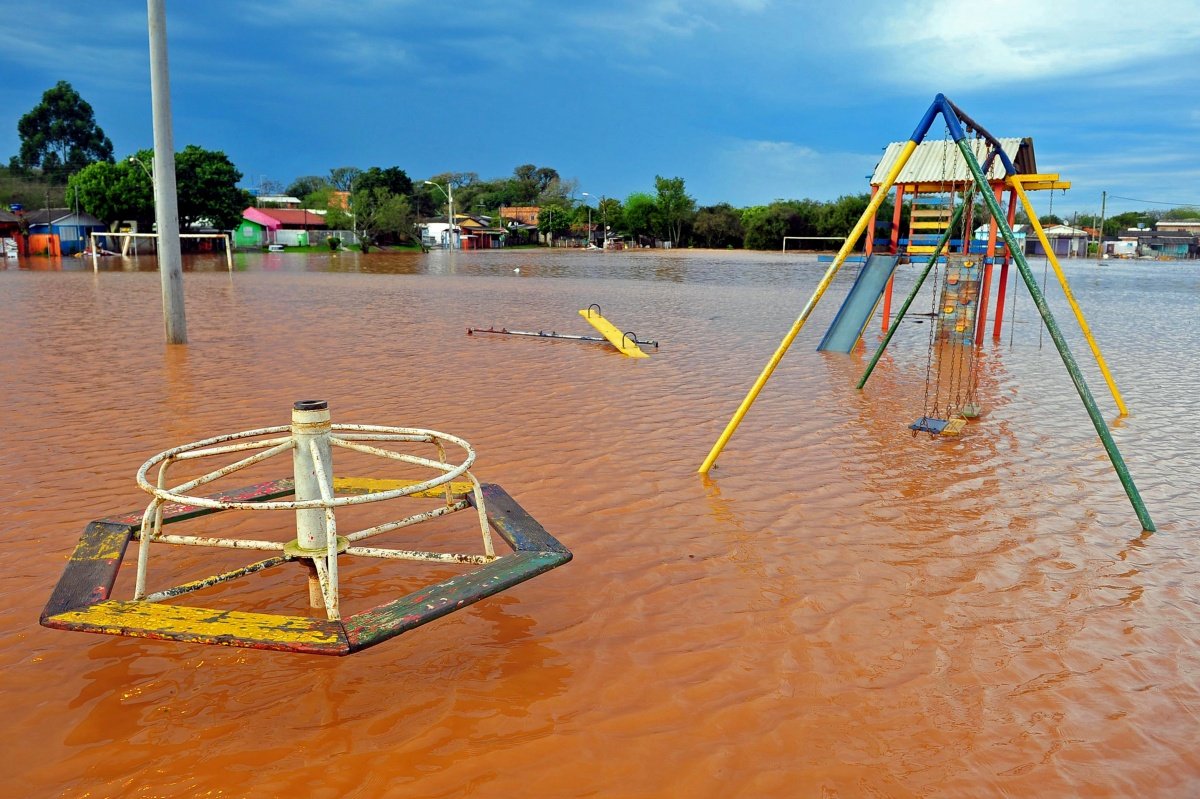The extreme event on the north coast of São Paulo, with a rainfall volume reaching the historic mark of around 700mm in 24 hours, has raised questions about the role of climate change in the disaster.
Discussions of global warming and its effects on the world are not a new topic, but do natural disasters caused by rain, such as last weekend, have anything to do with this event?
The likely answer is yes. Understand the relationship between global warming, climate change and increased precipitation.
Global warming
Over the years, we have seen an increase in extreme weather events ranging from snowfall to extreme drought in different parts of the world.
Contrary to popular belief, the increase in global temperature caused by greenhouse gases causes not only warmer days but also critical climate changes.
These changes are gradual and can take years for results to become visible. But in the last decade we have seen dramatic effects on climate.
With landslides and road closures in Paraná at the end of 2022, precipitation similar to what is now occurring off the coast of São Paulo may be closely linked to the effects of global warming.
Why might global warming increase precipitation?
The answer covers several events that occur in the Earth’s atmosphere. In a simplified way, the increase in temperature changes the evaporation cycle of water, stimulates the melting of ice in colder regions and affects the emission of heat radiation on Earth.
All this tends to reinforce the formation of rains, which can become more frequent, even more destructive and less predictable.
According to climate change forecasting models, global warming will increase humidity levels in some regions, making these regions more prone to storms.

On the other hand, in other regions the climate may be drier, less rainy.
Climate is not simple. It is a complex and very delicate system that easily becomes unstable. When this decompensation occurs, it is difficult to regain control.
Therefore, climate change models cannot accurately describe the locations and intensity of the consequences of this change in ground temperature, although they serve as a warning.
But these studies and models show an increasing trend in natural disasters if nothing is done to reduce the human carbon footprint and control global warming.
How can climate change be controlled?
World leaders have signed commitments to reduce emissions of polluting gases and make industrial processes less aggressive towards the environment.
Events such as the United Nations Climate Change Conference (COP) help raise awareness and create international agreements to optimize industry and agro-industry.

One of the goals discussed was the need to keep the rise in terrestrial temperature below 2ºC to prevent further damage to the planet.
Climate change also affects people in terms of food. With increased rainfall or longer periods of drought, fields become less productive.

Because of all these possible developments, there is a need for more discussion on the issue and for nations to prepare to adopt the changes that are beginning to occur and will take place in the future.
This type of urban and social planning guarantees shelter and continuity of life, even after a disaster, by providing security to people who may be affected by these events.
Unfortunately, climate change cannot be stopped in a short time. But they can be mitigated as long as there is a change in the way countries deal with the problem of global warming.
Through the development of effective strategies and actions to deal with the problem, these differences can become less intense, especially when preparation and planning is put in place to deal with them.
Source: Tec Mundo
I’m Blaine Morgan, an experienced journalist and writer with over 8 years of experience in the tech industry. My expertise lies in writing about technology news and trends, covering everything from cutting-edge gadgets to emerging software developments. I’ve written for several leading publications including Gadget Onus where I am an author.













